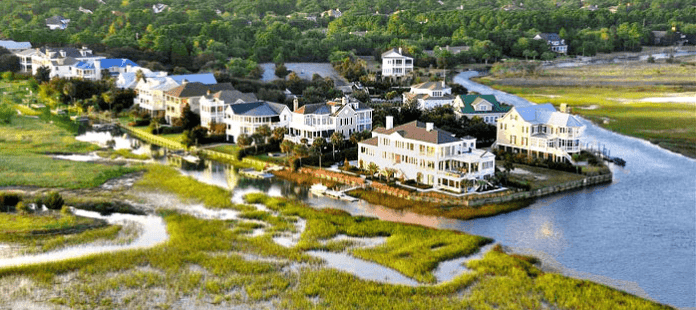The Board of the S.C. Department of Health and Environmental Control overturned a staff decision, choosing to allow a small group of property owners in the DeBordieu community to keep illegally placed sandbags on the beach and cover them in sand so that Dr. Paul Gayes, from Coastal Carolina University, can study them.
“Thank you for the action you took to try to stop this!”, said Emily Cedzo of the Coastal Conservation League. Nearly 400 people submitted comments to the DHEC Board. The Coastal Conservation League is working with their partners at the S.C. Environmental Law Project to evaluate next steps to remedy this issue which affects all Pawleys Island residents.
Sandbags have been used for decades and there is no need to study what happens to them when they are buried in sand because we already know: eventually the beach will erode, and the bags will remain on the beach serving only to protect private property while harming the beach. This supposed research project is simply an effort to take stacked sandbags, which should only be used in temporary, emergency conditions, and make them a permanent fixture.
We are deeply disappointed in the 3-2 vote by the Board but greatly appreciate the two Board members who voted to uphold the law: Jim Creel and Morris Brown.
This decision makes clear that a majority of the DHEC Board is willing to reward noncompliance with the regulations and ignore longstanding laws, benefiting only a handful of property owners at the expense of the beach and all who rely on it.
DeBordieu is preparing to begin its beach renourishment project in a few weeks and once it does, the existing timber bulkhead and the stacked sandbags will be covered in sand, creating a hazard for sea turtles, and setting a dangerous precedent for the rest of our coastline.


